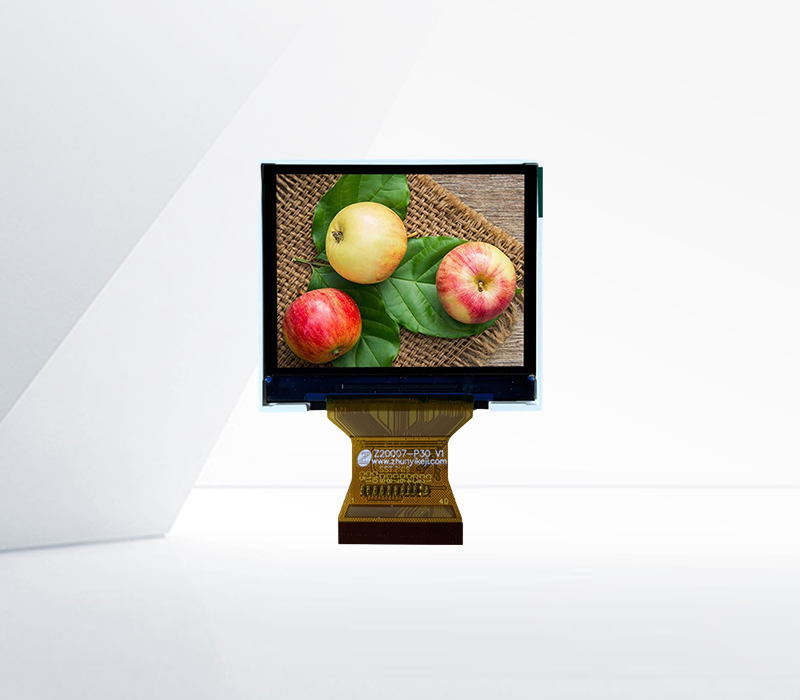




In the field of industrial automation, control screens based on LCD technology are essential for monitoring, controlling, and managing complex industrial processes. These screens provide operators with a visual interface to interact with automated systems, ensuring efficient and safe operation of industrial equipment.
1. Real - Time Monitoring and Control
Industrial automation control screens display real - time data from various sensors and devices within the production line. High - resolution LCDs are used to present detailed information such as temperature, pressure, flow rates, and machine status. For example, in a chemical plant, an LCD control screen can display the real - time temperature and pressure of reactors, allowing operators to closely monitor the chemical reactions and make adjustments as needed. The screens often use color - coding and graphical indicators to quickly convey the status of different parameters. Green may indicate normal operation, yellow for cautionary levels, and red for critical conditions. Operators can also use the control screen to send commands to the automated systems, such as starting or stopping a machine, adjusting the speed of a conveyor belt, or changing the settings of a control valve. The touch - screen functionality of many industrial LCD control screens makes it easy for operators to interact with the system, reducing the need for physical buttons and switches.
2. Advanced HMI (Human - Machine Interface) Design
Industrial automation control screens are designed with advanced HMI features to enhance usability and efficiency. The interface is customized according to the specific requirements of the industrial process, presenting relevant information in an organized manner. Multiple screens can be configured to display different levels of detail, from an overview of the entire production line to in - depth information about individual machines. For example, in a manufacturing plant, one screen may show the overall production progress, while another screen can be dedicated to monitoring the performance of a specific assembly line. The screens also support features such as zooming, panning, and data logging. Operators can zoom in on a particular section of the screen to view detailed data, pan across different parts of the production process, and log data for later analysis. This advanced HMI design enables operators to quickly understand the complex industrial processes and make informed decisions.
3. Durability and Reliability
Industrial environments are often harsh, with factors such as dust, moisture, high temperatures, and vibrations. Industrial automation control screens are built to withstand these conditions. They are made with rugged materials and are often IP (Ingress Protection) rated to prevent the entry of dust and water. The LCD panels are designed to have a wide operating temperature range, ensuring normal operation even in extreme heat or cold. Additionally, the screens are equipped with shock - resistant and vibration - resistant components to withstand the mechanical stresses in industrial settings. Some industrial control screens also feature anti - glare and anti - reflection coatings, allowing for clear visibility in bright environments. Their high reliability ensures continuous operation of the industrial automation systems, minimizing downtime and improving productivity.
